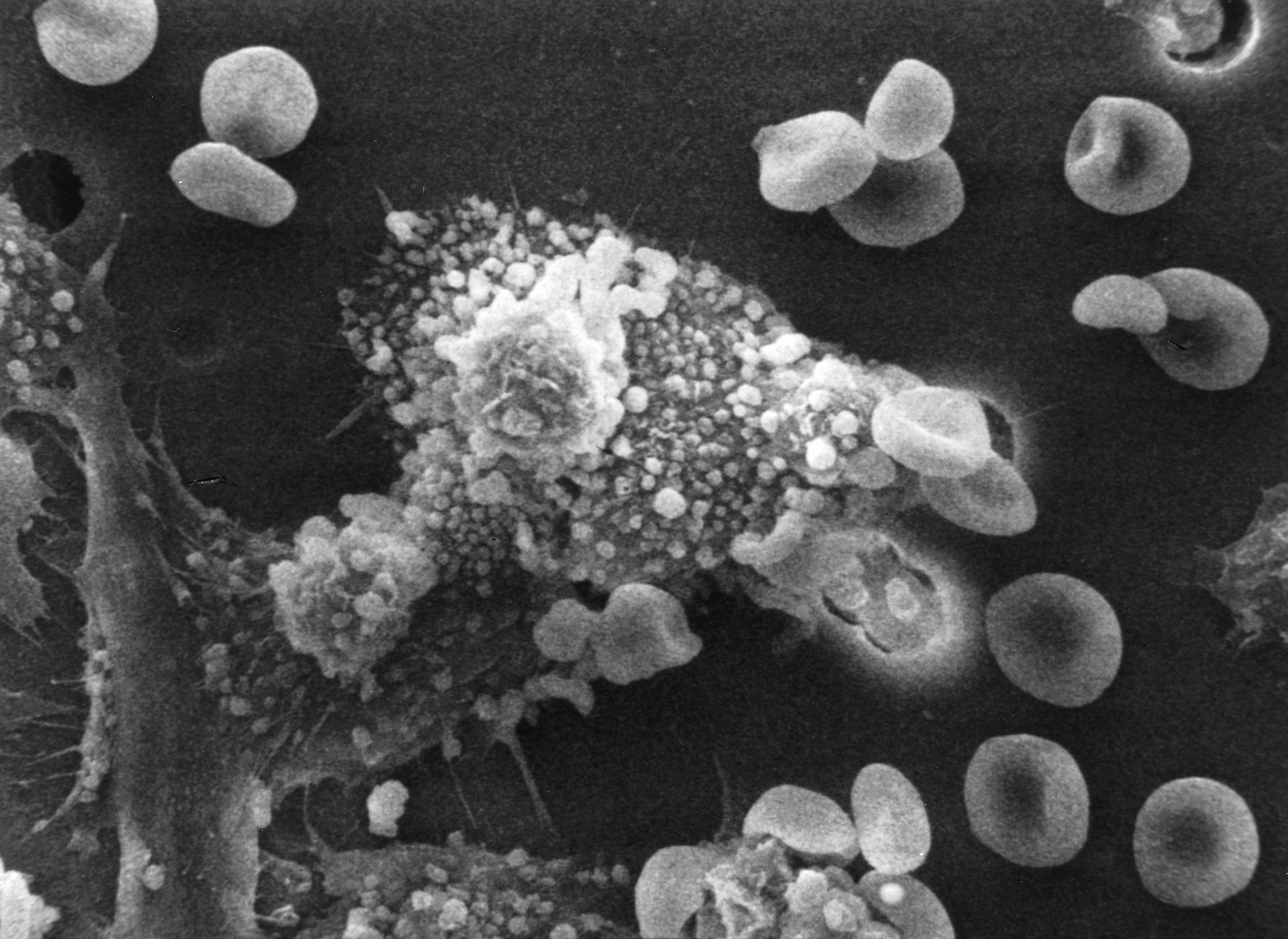
Facebook is preparing to test a new “reactions” feature that would allow users to reply to posts with more than a “Like,” according to a report from Engadget ES. The site on Thursday published mockups of the feature, which adds a range of emoticons to Facebook’s standard thumbs-up Like button. Citing unnamed sources, Engadget reports that the feature will be rolled out to users in Spain and Ireland as early as Friday.
The report follows a recent announcement from Facebook CEO Mark Zuckerberg, who said at a public Q&A session last month that the site had begun working on new ways for users to “express empathy” beyond the “Like” button. The set of reactions published by Engadget does not include the thumbs-down “Dislike” button that many had expected at the time of Zuckerberg’s announcement, though it does feature angry and sad smiley faces. Other icons include a heart, a smiling face, a shocked face, and something that looks like a laughing face.
Facebook has recently introduced new tools to make it easier for users to personalize their profiles and posts. This month, it launched a Snapchat-like “Doodle” feature that allows users to draw on photos, and the site has started to test looped video profile pictures.
Read more
















